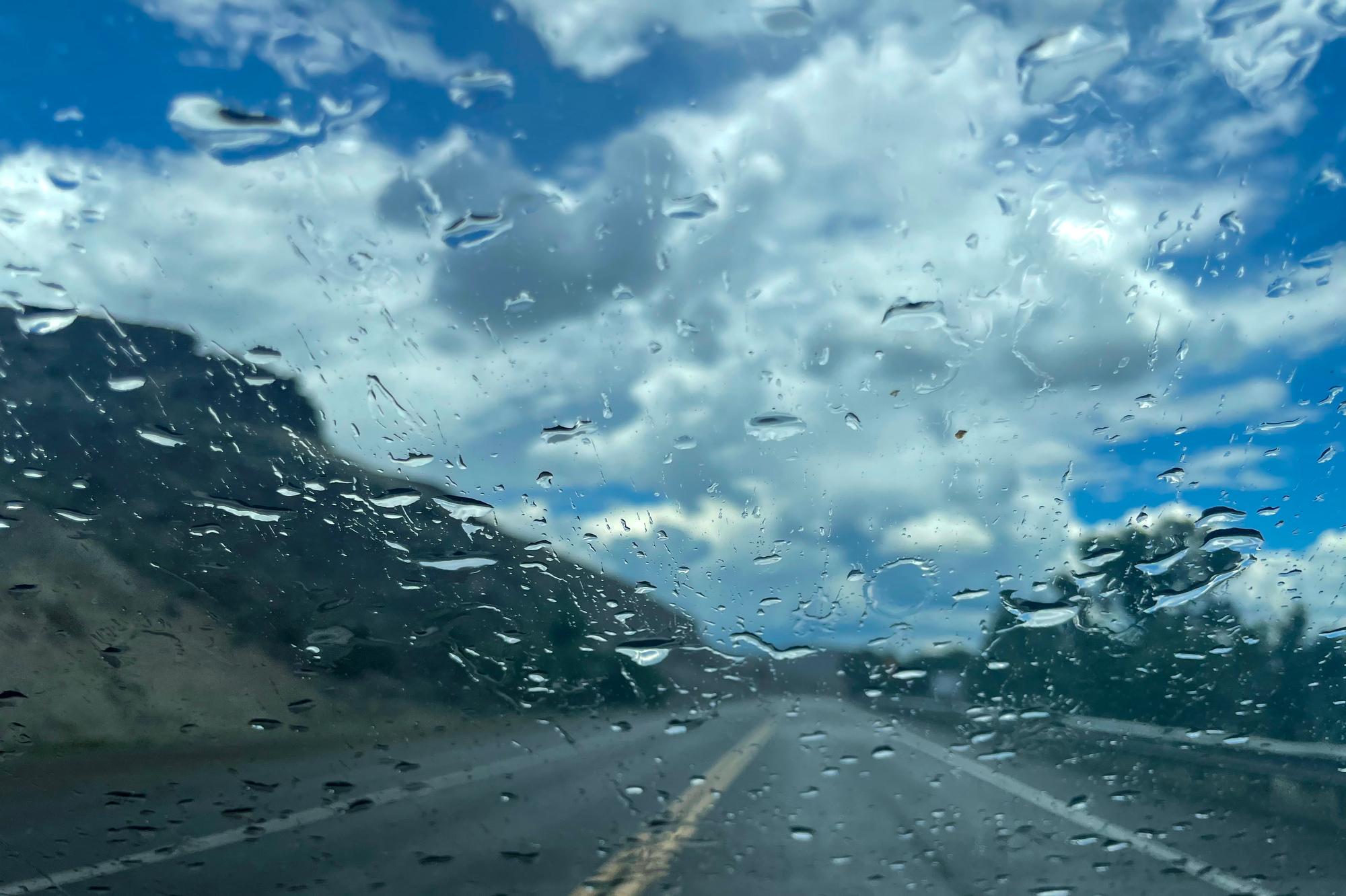
The North American monsoon has returned to Colorado, and the rain has brought some much-needed relief to some of the driest parts of the state — after multiple back-to-back years of almost no summer rain.
“We call it the no-soon, because we just didn't get anything,” said Bill Trampe, a third-generation rancher from Gunnison in southwestern Colorado.
Gov. Jared Polis has recently declared a drought emergency for the region and the rest of western Colorado.
Trampe sits in a plastic lawn chair in his backyard, on the 160-private acres his cattle graze. A few weeks of early monsoon rain has helped his hay and grass grow, and it added some moisture into the creeks and streams he uses to irrigate his pasture.
The seasonal moisture from the tropics creates afternoon cloud cover that protects his drought-stricken creeks from baking in the sun. The rain helps lower the risk for wildfires.
The timing of the monsoon is vital to Colorado’s ecosystem, which evolved on its schedule. Science suggests that climate change is making these rains less helpful.
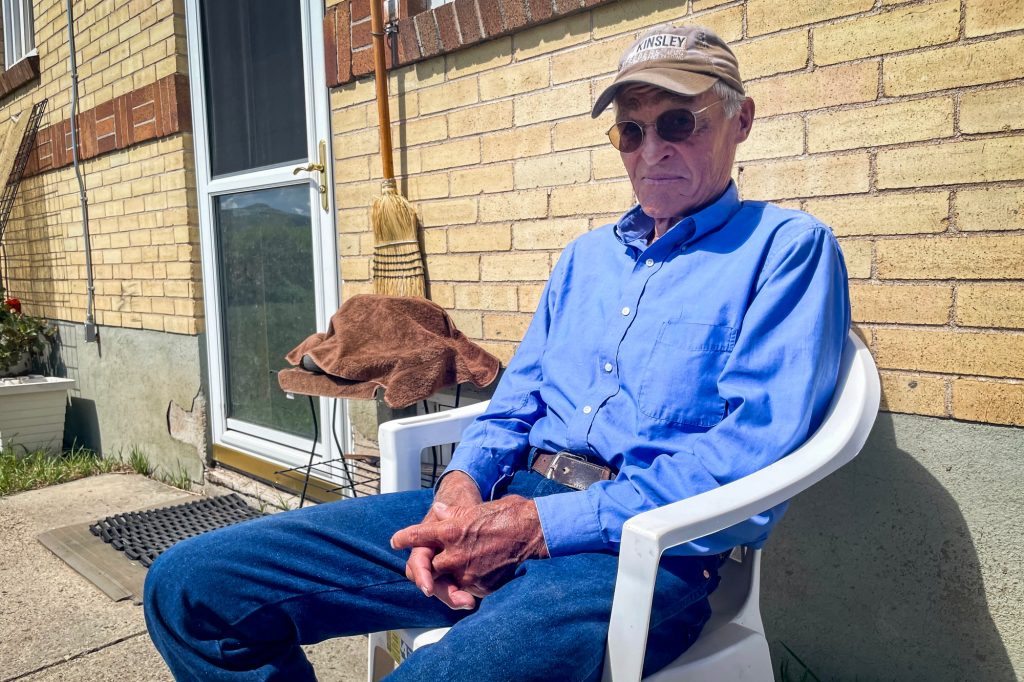
“Our hay crop was terrible a year ago, it just wouldn’t grow,” Trampe said. “I think temperatures had a lot to do with it.”
Colorado’s Western Slope has been labeled a climate hot spot, where average temperatures are increasing faster than the global average. A climate change-fueled megadrought has plagued the state and parts of the West for 20 years.
Trampe said hotter days and four years of almost no monsoon rain turned into “horribly dry” conditions during the summer of 2020. Many ranchers in Gunnison couldn’t grow enough hay to feed their cattle, which meant they had to buy it — a pricey added expense, he said.
Trampe was worried the land was too dry to feed the number of cattle in his herd, so he was forced to slaughter more animals in the fall than he planned. He also sold cattle over the winter, something he doesn’t usually do. Trampe said he was fearful 2021 would be another dry year.
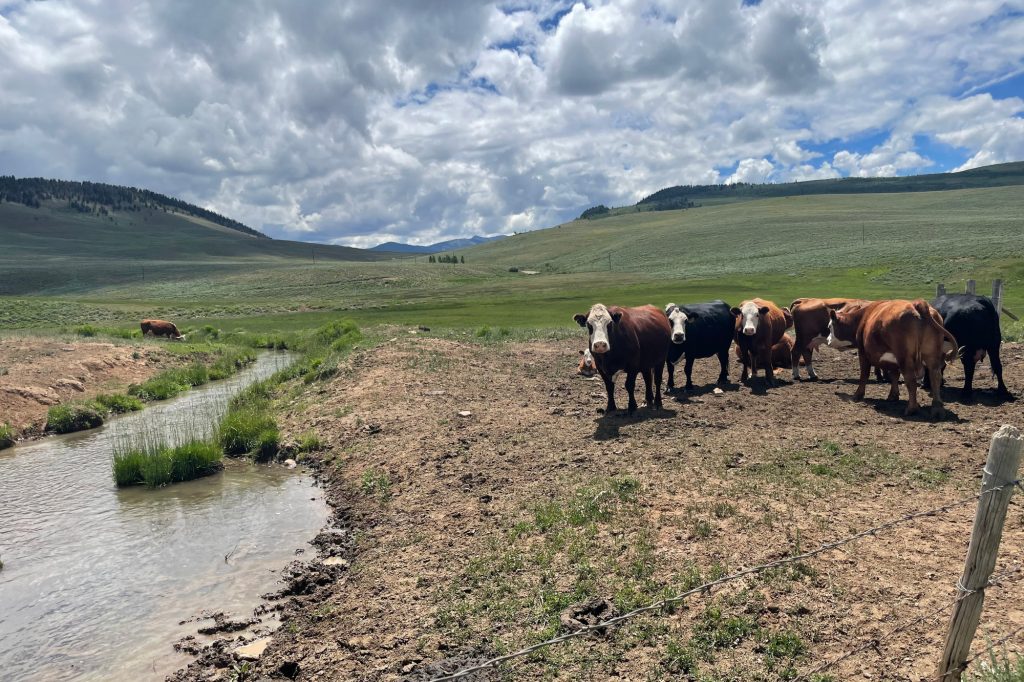
While Trampe can grow hay on his private land using irrigated water from the Gunnison River, his cattle graze on federal land. Trampe said the federal rangeland is running out of water. “These rains are super important,” he said.
Monsoon rains are getting less reliable and less effective. Recent research from the Desert Research Institute in Nevada has found that less rain is making it into rivers as the climate warms.
This deficiency starts with snowpack, which collects in the mountains during the winter, said Rosemary Carroll, an associate professor of hydrology and the lead author of the study. If a big snowpack lasts into the summer, the soil can stay moist if temperatures are cooler.
Those conditions would mean rainfall would more likely reach a stream. If the snowpack is low, temperatures are higher and the soil is dry, less monsoon rain makes it into the stream, Carroll said. With climate change, an average water year can look more like a moderate drought.
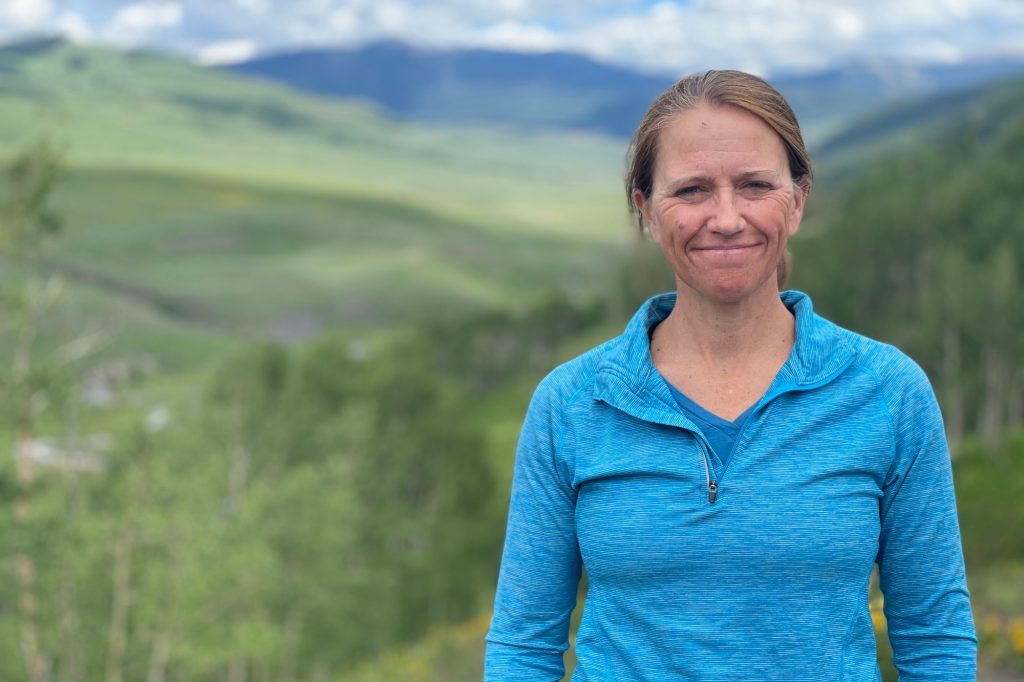
Carroll stood on the edge of a high dirt road in Gothic, Colo., overlooking a winding tributary that eventually feeds water to the Colorado River, which supplies 40 million people in the Southwest. The nation’s two largest reservoirs are on this river — Powell and Mead. Those levels are dwindling to record lows, and climate change means less water is making it into the system.
Carroll is worried about where things are headed.
“It would be hard not to be,” she said. “With decreasing snowpack, warmer temperatures and now the volatility of the monsoon itself, this is just not great news for everybody.”
Research from the University of Arizona finds dry periods are lasting longer across the West as the climate changes. When rain does fall, it often comes in fewer and larger storms, which hurts grasses with shallow roots that need a steady supply of moisture.
Even if the total amount of rainfall is the same during a growing season, it’s not as helpful if it comes in the form of occasional large rainstorms, said Joel Biederman, a research hydrologist with the U.S. Department of Agriculture who co-authored the paper.
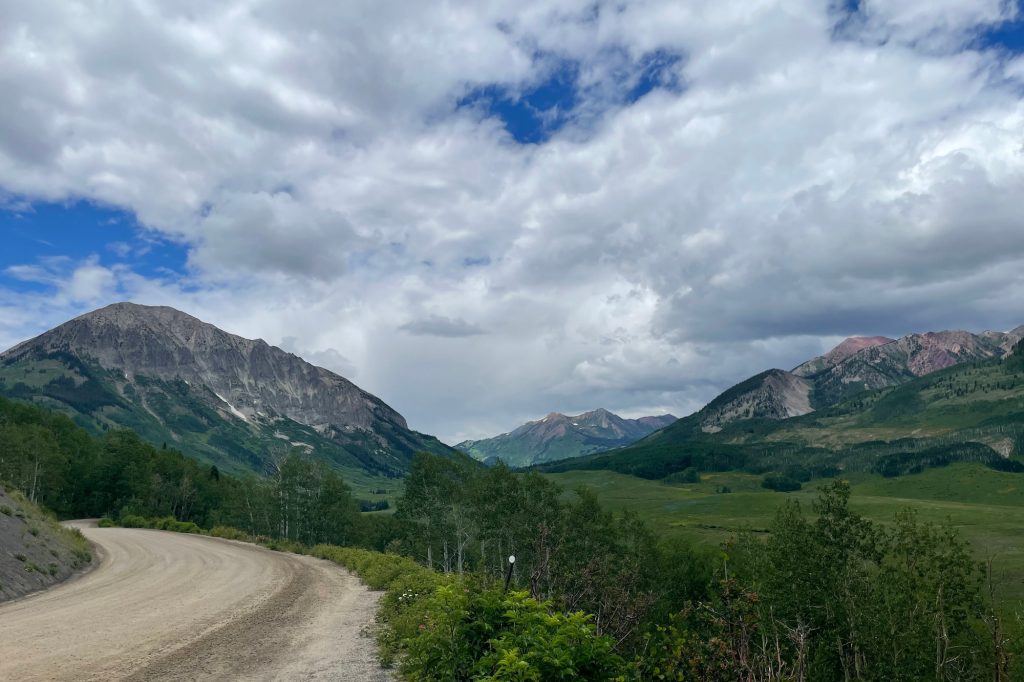
Without consistent rain, dry plants become fuel for wildfires.
Separate research from the University of Arizona suggests that wildfires are harder to rein in without monsoon rains, which effectively end the fire season after July. Tree ring studies in neighboring states like Arizona and New Mexico link years that have weak monsoons to widespread fires in mountainous areas.
“It really plays a huge role in setting up these gigantic fires that have been happening in Colorado and throughout the Southwest,” said Don Falk, a forest ecologist at the University of Arizona who led the research.
The monsoon has already helped dampen some fires this summer, and more rain is in the forecast. If the rain continues, it could help Colorado avoid another year of dangerous, late-season fires.
- Last year's wildfire season was historic. Experts say Coloradans should brace for more destructive wildfires in 2021, too.
- Drought and wildfire conditions are dire in Western Colorado. What can the state's Congress members really do to help?
- Wildfires are ravaging the American West. Research shows that the people who live in their paths vastly underestimate the risk.
- Wildfires are getting worse, and so is a firefighter shortage. Climate change and low pay aren't helping either issue.
- Wait, but hasn't it been raining a lot in Denver and on the Front Range? Yes, but the Western Slope is still drought-stricken, and that's where half of the Front Range's water comes from.
- The areas burned by wildfires are more susceptible to flash flooding. Here's how that happens, and what to know if you're in a burn scar that's become a flash flood zone.









